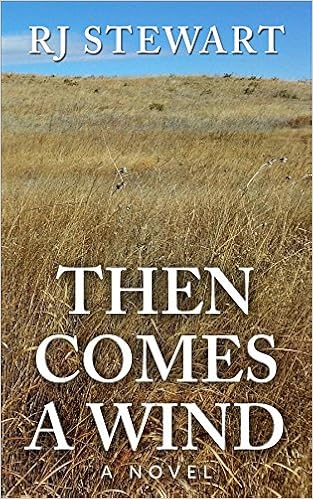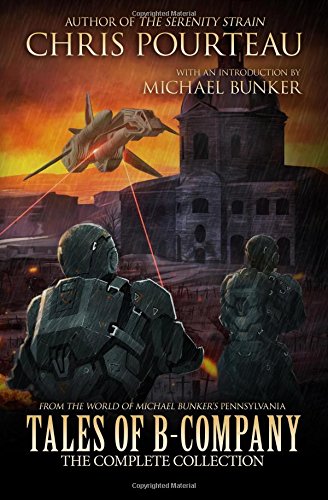Review: The Girl from Krakow by Alex Rosenberg
This novel opens in media res—in this case, in the middle of the war—to show us a blond young woman waiting for a train in Krakow, identity papers attesting that she is a good Polish Volks-Deutsche (non-German "Aryan") clutched in her hands. Her anxious rehearsal of the information in her documents reveals the masquerade; false identity hiding Jewish fact.
Margarita Truschenko—née Rita Feuerstahl—is a refugee from a town in Eastern Poland that is now in the hands of the Soviet Army. Abruptly, the story shifts back to a time just before the war began. The girl from the Krakow train station still attends the university of Krakow as a law student, where she is widely scorned by the Polish students for sitting with the Jews in the "ghetto" reserved for them in the classroom.
Rita, her husband Urs Guildenstern, her sometime lover Thadeusz Sommermann (or Gil Romero, as he restyles himself after his Spanish Civil War experiences), her friends Erich and Dani, and her son Stefan, make their various paths across the torn landscape of Europe as they try to survive the hazards imposed by their backgrounds in an inimical world.
We scarcely see advancing or retreating armies; we see only the exigencies war imposes in the daily lives of ordinary people. There are few heel-clicking Nazis; instead, we meet conflicted Poles who hide this Jew while outing that one, criminals who blackmail known Jews instead of turning them in, and hidden Jews meeting others in the German street:
Jew would meet suspected Jew. Both would greet one another, “Heil Hitler,” giving nothing away.
The close focus reveals something else: if The Girl from Krakow were set in the future rather than during the Third Reich, it would qualify as disturbing dystopic fiction. Fiction can only disturb us if we can believe on some level that it might happen. Rosenberg has made the horror of the "master race" believable by bringing it to the human level. The most vicious anti-Semites Rita meets are otherwise powerless women, and they are few in the world of MussNazi functionaries—those who profess the creed to keep their jobs—and ordinary people who pretend outwardly to their neighbors, but rebel behind closed doors.
As the philosopher Freddy, whom Rita meets in the Warsaw ghetto, tells it, Nazism is an infection that spreads from brain to brain. But they must not despair, because:
Ideas spread like the germs of a disease. Like the deadliest diseases, they die out because they kill their hosts before they can jump to new ones.
The best that we can do to fight such ideas once they arise is to resist the infection until the disease has burned through the susceptible in the population. We must also inoculate our children against a resurgence by continuing to read—and tell—them such stories.
























